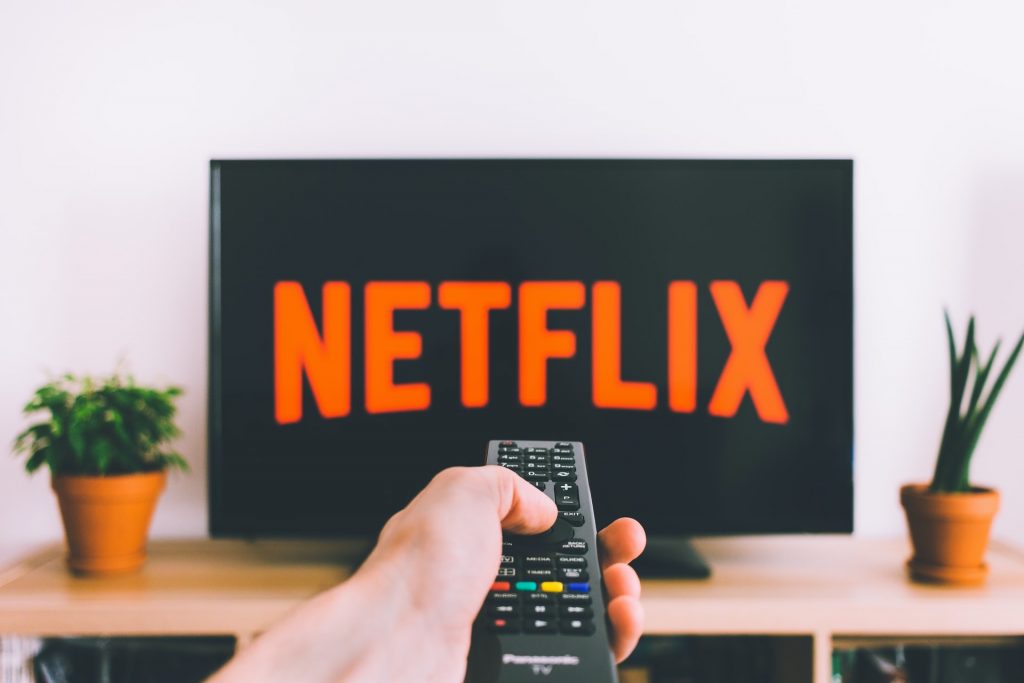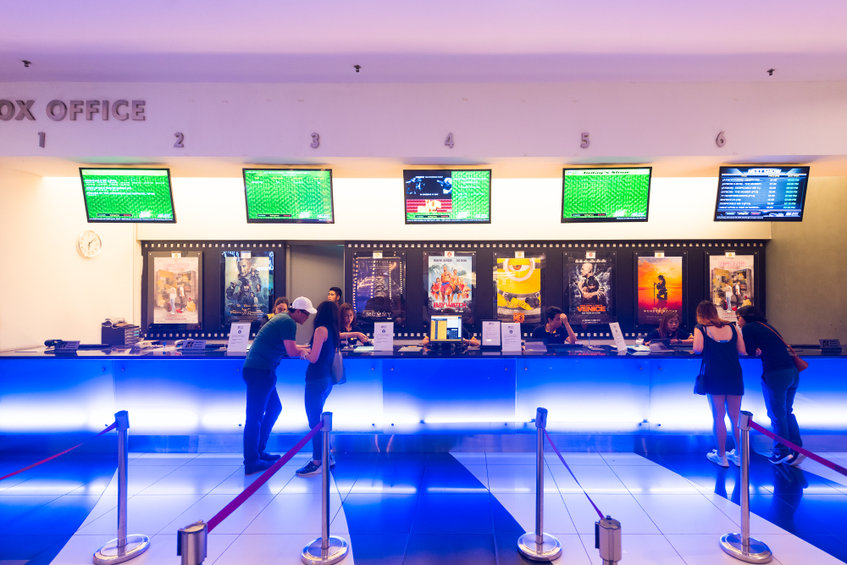BLOG
Netflix and You: Swapping Cinemas for Streaming Services

The ongoing digitization of the film industry has transformed how we consume entertainment. After the pandemic hit, it only served to further speed up the effects of this transformation.
But as Malaysians, we live for cinema. A recent report by the National Film Development Corp Malaysia (FINAS) showed that Malaysia has one of the highest cinema attendance rates in the world.
Nothing comes close to that moment when people cheer for Rocky. Or gasp at Jaws before the music starts. While people go there for a personal experience, the crowd amplifies it, making it special. But because of the coronavirus, that experience has only become a distant memory.
Today, people can only sit on every alternate seat, and celebrity galas and tours have become a thing of the past. Cinema goers now have to ensure they keep their masks on at all times, with limitations on tickets sold per screening to ensure proper social distancing.
But while the cinema industry has been reeling, home entertainment has been growing. In fact, the penetration rate of services like Netflix is expected to grow to 27% by 2025. Of course, it’s no surprise, as the government encourages people to stay home to curb the pandemic.
Because of this, Malaysians are now swapping cinemas for streaming services.
The Rise of Cinema: How it Started
The biggest reason for the decline in cinema-going rates is government restrictions. Safety protocols introduced because of the pandemic have ground it down to a halt.
As an industry that depends on the sale of foods, drinks, and tickets to thrive, it’s like cutting off their oxygen. Especially considering that low ticket prices and availability were responsible for their success.
For most Malaysians, it only takes less than half an hour to access a good, high-quality cinema. Moreover, the country is a cultural hub. With access to a variety of film genres available in different languages.
It’s easy to see why Singapore was able to reach an all-time high attendance of over 22 million in 2011. While the attendance dropped by three million over the last decade, it’s nothing to scoff at.

The Fall of Cinema: How it's Going
But then, COVID-19 reared its ugly head and everything changed.
Last year, in 2020, because of the disruptions of the pandemic, the attendance fell to half a million. According to FINAS, it’s one of the lowest attendance rates Malaysia has recorded in the past decade.
What’s more, the total revenue generated by the sale of film tickets dropped from RM 1.08 billion to RM 124 million in one year. After COVID-19 hit, it became impossible to go to theatres because of safety protocols.
Government directives forced Cinemas to shut down, as well as other entertainment venues. Even though cinemas reopened, they had to meet strict requirements to do so.
For example, under the “Phase 2: Heightened Alert“, people weren’t allowed to eat or drink in cinemas. That was a huge blow considering that food and beverage make up half of their revenue. And don’t forget that food and drinks are also part of the film experience.
What’s more, without prior testing/vaccination, cinemas halls could only host up to 50 people. That means that a cinema capable of holding 100-200 people could only operate at 25% capacity.
Even some of the largest chains like Golden Screen Cinemas, TGV Cinemas, and MBO Cinemas, are hurting as well. Moreover, after cinemas reopened in July, last year, people weren’t that eager to return.
That said, some people did show up. At first, it was only to find out what was going on and whether it was safe. And even then, cinema attendance rates have never recovered to pre-COVID-19 levels.
Why? Because, at the time, there wasn’t that much content available.
Most film studios decided to postpone releasing their blockbusters because of the lockdown. That includes major film franchises like Marvel’s Black Widow and James Bond: No Time To Die. Of course, a handful remained on production schedule like Tenet, Mulan, and Wonder Woman 1984.
The Threat of Streaming Services
But that doesn’t diminish the demand for entertainment. Stay at home audiences have now picked up a new hobby, home entertainment.
Most cinemas anticipated this shift in consumer behaviour and were preparing for it. The pandemic forced them to speed up their plans for on-demand streaming services by up to a year or so.
In the past, thanks to market power, cinemas could demand exclusive film window rights. On average, before coronavirus, this window was about three months.
Streaming services like Netflix could only access films after that 3-month window. Of course, after cinemas closed, this rule for film distribution no longer applies.
Studios like Walt Disney, Warner Media, etc. now premier films on streaming services. As a result, cinema operators are now venturing into on-demand subscription services. Kino lounge from Shaw and Projector Plus by The Projector are spearheading this shift.
In their view, pay-per-view platforms complement their cinema halls. That’s because they are able to feature niche film content. That includes local short films, festival films, and older titles.
A report by PwC estimates an increase in revenue from streaming is going to increase by 15.3% from 2019-24. That said, the biggest contributors to this growth are Disney+ and Netflix.

Swapping Cinemas for Netflix
A survey of Americans by What If Media Group, revealed that the demand for cinema still exists. But for some people, the pandemic has changed how they consume content forever.
The same applies to Malaysia and its evident in the story of Ms. Angelia Lim. A 37-year-old mother of one in Malaysia. When interviewed, she said that she now depends on Netflix for her entertainment.
Like most families, she and her family prefer staying indoors as opposed to a crowded cinema. Over-the-top (OTT) video is a “good enough reason” for her to avoid going out. It’s convenient, and she can access an ever-growing content library at her fingertips.
Streaming has now become the new normal. But it’s only possible thanks to the increase in smartphone and broadband penetration.
More and more people are now foregoing free-to-air in favour of OTT platforms. Nothing beats being able to watch whatever you want, whenever you want. Moreover, with “Internet TV”, subscribers can now pause a film, run to the store and pick up where they left off.
As great as this sounds, it creates a new demand. A demand for fast internet connectivity.
With Mom binge-watching the latest episode of her drama show on the smart TV. Son streaming the latest episode of Squid Game on Netflix on their smartphone. And Dad catching up on the latest in business news on his laptop. It’s no longer enough to have a stable internet connection.
Malaysian homes need a fast internet connection to keep up with a variety of activities. As entertainment starts becoming more and more of a home pursuit, Allo’s mission continues to be about helping Malaysian families stay connected.
Contact us today to day to leverage our industry- leading broadband services.
